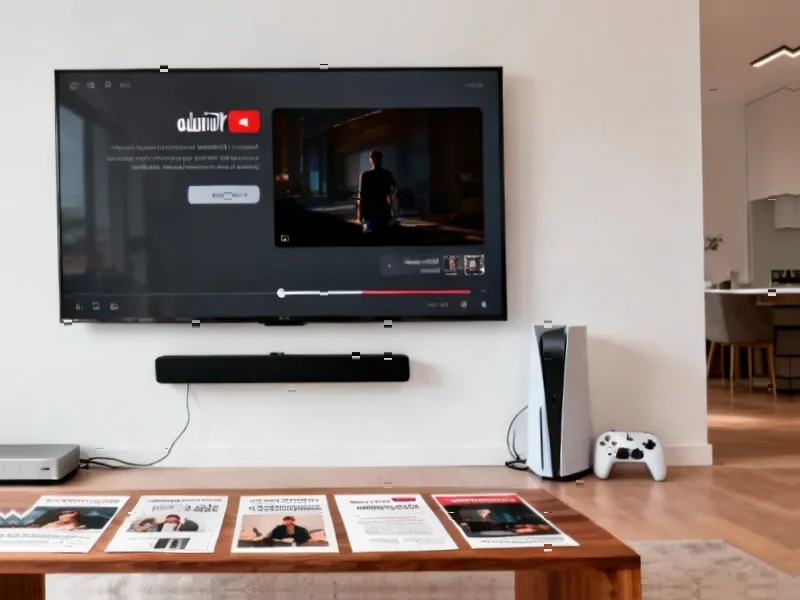According to Android Police, the dispute between YouTube TV and Disney escalated when YouTube rejected Disney’s request to temporarily restore ABC for Election Day coverage after 20 Disney-owned channels went offline on October 30. YouTube publicly shared an email to Disney executives explaining that restoring ABC for just one day would create viewer confusion when it disappeared again shortly after. The email noted that during the last two US election days, most YouTube TV viewers chose not to watch ABC, and suggested Disney could live-stream election coverage on the ABC News YouTube page for free. YouTube instead proposed restoring ABC and ESPN channels while negotiations continue, but Disney has not agreed to these terms, suggesting the dispute could drag on with YouTube potentially offering $20 monthly credits to affected subscribers.
The Public Negotiation Strategy
YouTube’s decision to publicly share its response to Disney represents a sophisticated negotiation tactic in the streaming era. By making the email public through their official blog post, YouTube positions itself as the reasonable party while framing Disney’s request as disingenuous. This approach puts public pressure on Disney by highlighting that the media giant could easily provide free election coverage through existing YouTube channels. The public nature of this exchange suggests YouTube believes consumer sentiment will favor their position, potentially giving them leverage in ongoing carriage fee discussions.
The Economics of Carriage Fees
Behind this public dispute lies the fundamental business model challenge facing streaming television services. Traditional cable providers have long paid carriage fees to content owners like Disney, but streaming services face different economic pressures. YouTube TV, while growing rapidly, operates on thinner margins than legacy cable while competing in an increasingly crowded market. The temporary restoration of ABC would have required complex technical implementation and potentially complicated ongoing negotiations about per-subscriber fees. By rejecting the temporary solution, YouTube maintains negotiating consistency and avoids setting precedents that could weaken their position in broader discussions about long-term carriage agreements.
Strategic Market Positioning
This confrontation reveals YouTube TV’s evolving strategy in the competitive streaming television landscape. The service has positioned itself as a cable replacement with transparent pricing, unlike competitors who have faced criticism for frequent price increases. By standing firm against Disney’s demands, YouTube signals to both consumers and other content providers that it won’t be pressured into unfavorable terms. This approach may resonate with subscribers tired of traditional cable’s negotiation dramas and frequent channel blackouts. The $20 credit offer mentioned demonstrates YouTube’s understanding that subscriber retention during disputes requires tangible compensation, a lesson learned from decades of cable industry disputes.
Broader Industry Implications
The standoff between YouTube TV and Disney reflects larger shifts in content distribution economics. As streaming services mature, they’re facing the same carriage fee battles that plagued traditional cable for decades. However, the dynamics differ significantly – streaming services have more direct relationships with consumers and can leverage alternative content sources. YouTube’s suggestion that Disney use the main YouTube platform for election coverage highlights how the company can leverage its broader ecosystem. This represents a strategic advantage traditional cable never possessed, potentially giving streaming services more leverage in future negotiations with content owners.
Long-term Consumer Impact
While temporarily inconvenient for subscribers, this type of negotiation ultimately benefits consumers by preventing automatic pass-through of rising content costs. If streaming services consistently acquiesce to content owner demands, subscription prices would inevitably rise faster, accelerating the cord-cutting trend that initially drove streaming adoption. YouTube’s firm stance suggests they’re prioritizing long-term price stability over short-term channel availability. This approach, while frustrating during high-profile events like election coverage, may result in more sustainable pricing models that prevent streaming services from replicating the expensive bundle models that made traditional cable increasingly unaffordable.




